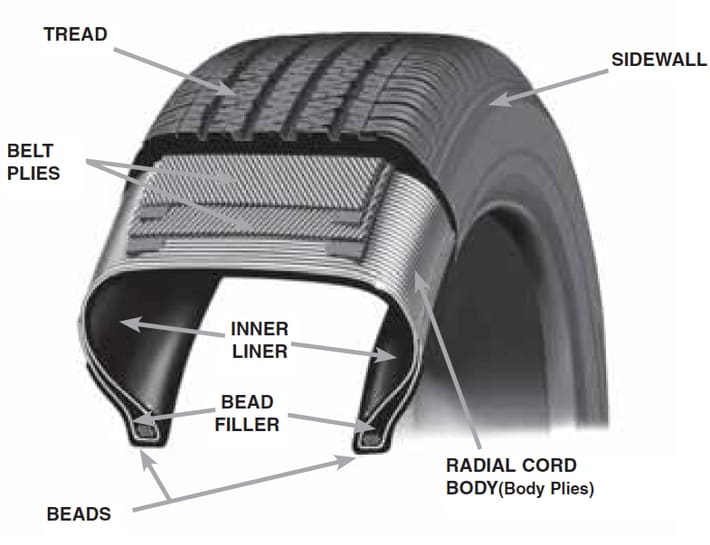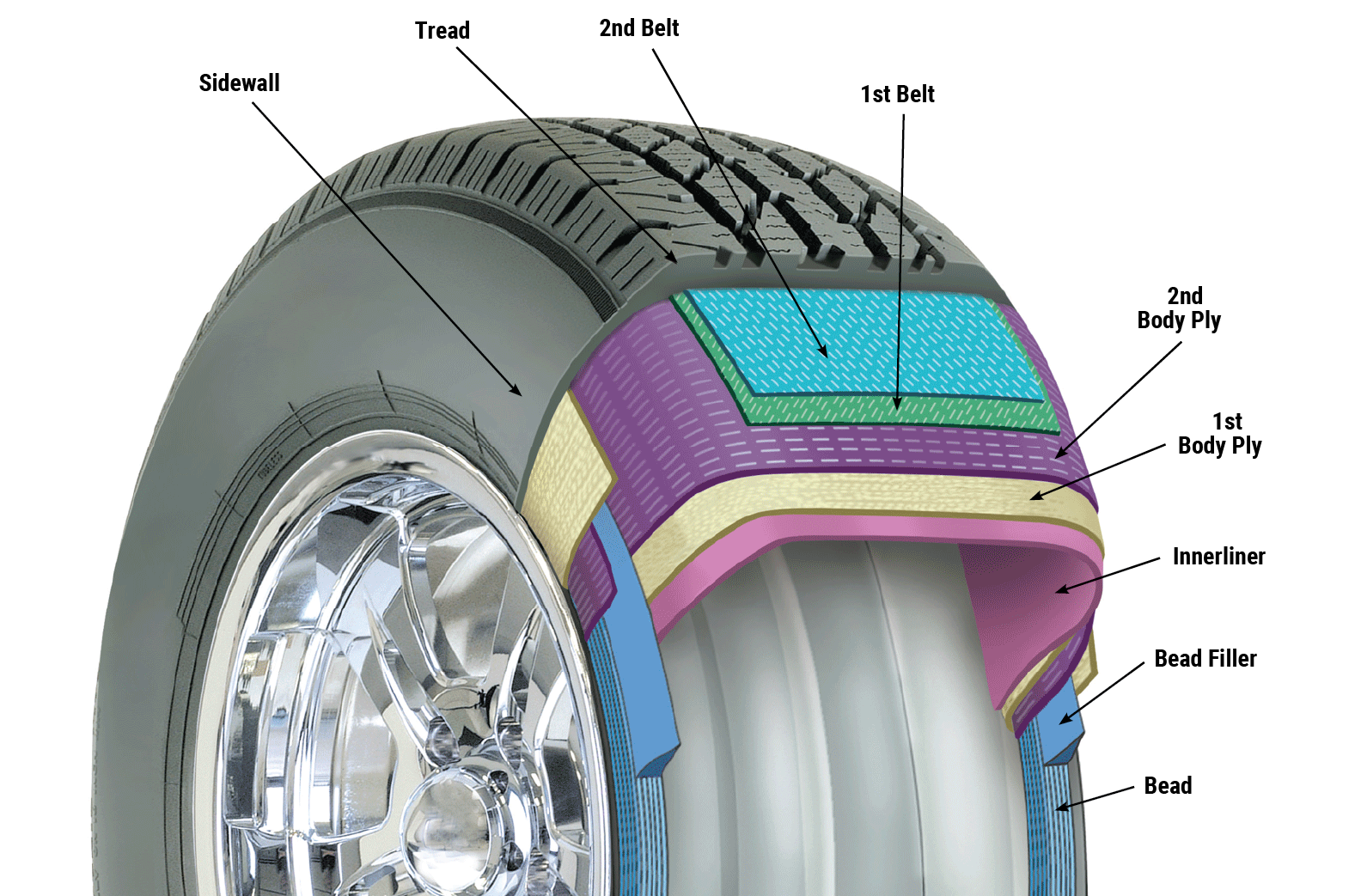Do you ever wonder what happens under the rubber surface of the tires on your car? Do car tires have inner tubes? It’s a common question from car owners and car enthusiasts alike. In this article, we’ll explain what’s inside your car tires and how inner tubes are used to help maintain their performance and longevity. We’ll also discuss how to inspect and replace inner tubes, as well as some of the common signs that they may need attention. So if you’re curious about what happens beneath the surface of your car tires, read on to learn more!
Most car tires don’t have inner tubes. Car tires are usually tubeless, which means the tire itself forms an airtight seal with the wheel rim so that the air doesn’t escape. The only tires that usually have inner tubes are bicycle tires and some specialty tires. If you have a car tire that needs an inner tube, you should consult your local tire shop for assistance.

language.
What are Car Tires?
Car tires are one of the most important components of a vehicle. Without them, a vehicle would not be able to move. They are the only point of contact between a vehicle and the road surface. Tires are made from a variety of materials including rubber, steel, and synthetic compounds. They come in a variety of sizes and tread patterns to suit different driving conditions and terrain.
What are Inner Tubes?
Inner tubes are a type of rubber tube that is used to provide air pressure for car tires. The inner tube is installed inside the tire and is inflated with air. This provides the necessary pressure to keep the tire inflated and to provide cushioning between the tire and the road surface. Inner tubes also help to reduce the chances of a tire puncture.
Do Car Tires Have Inner Tubes?
In most cases, car tires do not have inner tubes. The majority of modern car tires are constructed with a special type of rubber that is designed to provide the necessary air pressure without the need for an inner tube. This type of tire is known as a tubeless tire. Tubeless tires are common on most vehicles and are considered to be safer and more reliable than tires with inner tubes.
Advantages of Tubeless Tires
Tubeless tires offer a number of advantages over tires with inner tubes. They are more resistant to punctures, as the rubber is thicker and more resistant to sharp objects. They also provide a smoother ride, as the air pressure is more evenly distributed within the tire. Additionally, tubeless tires do not require an inner tube to be replaced, saving time and money.
Disadvantages of Tubeless Tires
Despite the advantages of tubeless tires, there are some disadvantages to consider as well. Tubeless tires can be more difficult to install, as the tire must be sealed properly to prevent air leaks. Additionally, tubeless tires tend to be more expensive than tires with inner tubes.
Tire Maintenance
Regardless of whether a tire has an inner tube or not, proper maintenance is essential to ensure safe and reliable operation. Tires should be checked regularly for signs of wear and tear, and the air pressure should be checked to ensure it is at the manufacturer’s recommended level. Additionally, it is important to rotate and balance tires regularly to ensure even wear and tear.
Types of Tires
There are a number of different types of tires available for cars. Tubeless tires are the most common type of tire, but there are also tubed tires, which require an inner tube. Additionally, there are different types of tread patterns available for different driving conditions, such as all-terrain tires and snow tires.
Tire Sizes
Tires come in a variety of sizes to fit different vehicles. It is important to select the correct tire size for a vehicle, as tires that are too large or too small can lead to poor handling and increased wear and tear. Additionally, tires should be the same size on all four wheels to ensure even wear and tear.
Tire Pressure Monitoring Systems (TPMS)
Many modern vehicles are equipped with a Tire Pressure Monitoring System (TPMS). These systems are designed to monitor the air pressure in each tire and alert the driver if the pressure is too low. This helps to ensure the tires are properly inflated, which can extend the life of the tires and improve fuel efficiency.
Conclusion
Car tires are one of the most important components of a vehicle, and it is important to select the right type of tire for the vehicle and terrain. Tubeless tires are the most common type of tire and provide a number of advantages over tires with inner tubes. Regardless of the type of tire, proper maintenance is essential to ensure safe and reliable operation.
Frequently Asked Questions
Do Car Tires Have Inner Tubes?
Answer: Generally speaking, modern car tires do not have inner tubes. This is because most vehicles now use tubeless tires, which are fitted directly onto the wheel rim and sealed with an airtight sealant.
Inner tubes are still used in some older vehicles, as well as on bicycles and motorcycles. The inner tube is inserted inside the tire and inflated with air, providing a cushion between the wheel rim and the tire. This helps to protect the wheel rim from damage and helps to keep the tire inflated for longer.

Tubeless Tire | The interesting Physics behind it
In conclusion, car tires do in fact have inner tubes. Inner tubes are essential components of a tire, providing a protective layer between the tire and the rim, helping to maintain the shape of the tire, and ensuring that the tire is inflated to the correct pressure. While inner tubes are not required for all types of car tires, they are an important part of the overall tire design, and are essential for maintaining the performance and integrity of the tire.